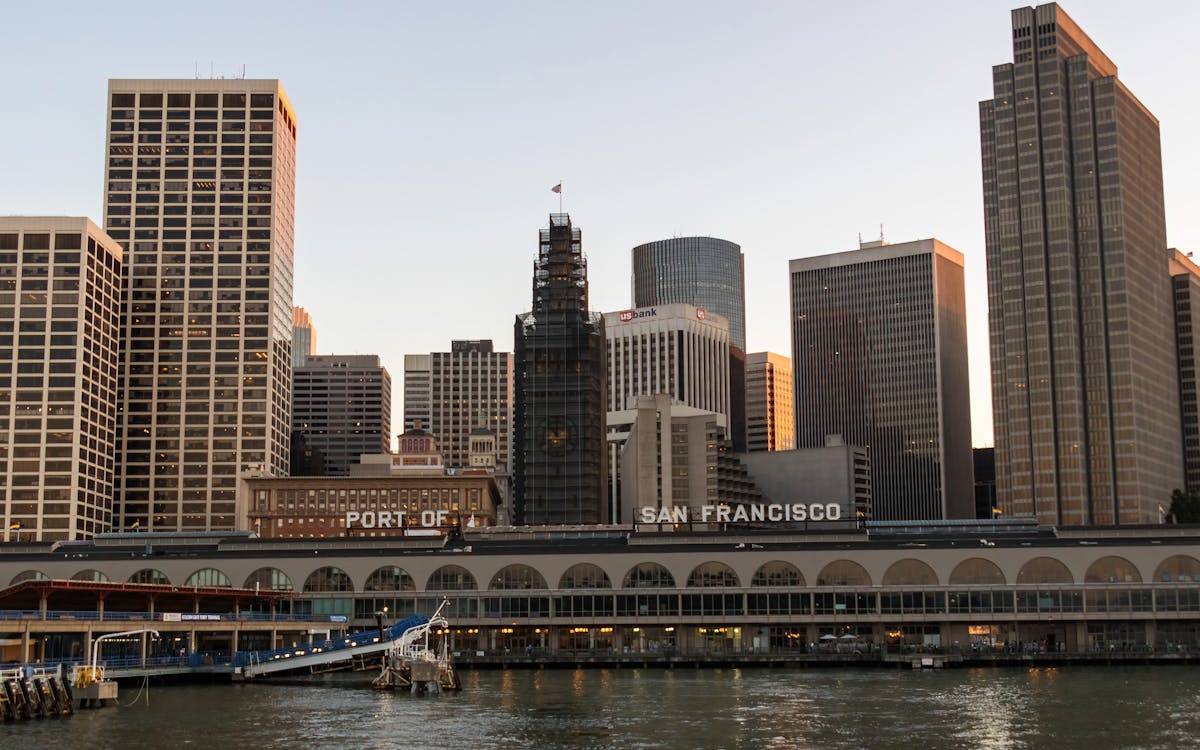
Why Restoration Matters More Than Ever in the Bay Area
Over the last couple of years, the San Francisco Bay has actually weathered the impact of urban expansion, industrial development, and climate adjustment. As soon as teeming with wild animals and rich wetlands, much of the bay's all-natural ecological communities have actually been fragmented or broken down. Yet amidst these difficulties, something exceptional is happening: local homeowners, volunteers, and grassroots efforts are leading a wave of environmental reconstruction that's bringing brand-new life back to the Bay.
Remediation isn't just about growing trees or cleaning up garbage, though those efforts are important. It's concerning reconstructing the structures of life, from marsh lawns that support fish baby rooms to coastline buffers that defend against flooding. And in this region, the power of area involvement is transforming the trend extremely genuinely.
From Marshland to Miracle: The Return of Native Habitats
One of the most noticeable changes taking place in the Bay Area is the re-emergence of indigenous habitats. Marshes that were when drained pipes or led over are being rehydrated and replanted. Turfs and hedges indigenous to the region are being grown by community groups, that often rely on neighborhood volunteers to aid grow seed startings and take care of regulated planting events.
These indigenous plants do greater than add greenery to the landscape. They use haven to migratory birds, pollinators, and tiny mammals, producing pockets of biodiversity amidst active city areas. As these environments increase, so does the ecological health of the Bay itself. When regional citizens take time out of their weekends to get their hands in the soil, they're not just planting-- they're participating in the reconstruction of a living, breathing ecological community.
The Role of Education in Fostering Environmental Stewards
Education and learning plays an important part in why these community-led efforts are working so well. Schools, neighborhood facilities, and not-for-profit teams are organizing hands-on discovering experiences where participants of all ages can understand the scientific research and value of reconstruction. These programs often bring individuals in person with problems like erosion, pollution, and water level increase-- topics that can really feel abstract up until they're seen up close.
When someone sees the fragile equilibrium of an estuary or finds out just how a single plant species can filter contaminants from the water, the value of that knowledge comes to be personal. And with that said understanding comes the motivation to act. Restoring ecosystems comes to be less of a job and more of a goal. This deep connection to neighborhood areas is what establishes the Bay Area apart and fuels the lasting success of these efforts.
Harnessing the Digital World to Drive Real-World Change
Surprisingly, the push to recover the Bay's communities isn't taking place in isolation from the electronic world. Innovation is coming to be a powerful device in rallying assistance, spreading understanding, and attaching communities. Whether with citizen science applications that track native species or neighborhood discussion forums organizing reconstruction occasions, the online room is complementing boots-on-the-ground action.
In recent times, even regional outreach approaches have actually evolved. As an example, a social media marketing agency in the Bay Area could sustain ecological projects by aiding volunteers amplify their influence, inform their tales, and motivate others to get included. These digital touchpoints have the power to turn a small weekend cleanup right into a local motion just by letting individuals know it's occurring-- which it matters.
Email Campaigns That Inspire and Inform Local Change-Makers
One more electronic approach making a concrete difference is e-mail communication. Updates about restoration occasions, seasonal growing initiatives, info and donation drives are often shared via meticulously crafted e-newsletters that strike a balance in between being helpful and motivating. It's not unusual for a well-timed campaign from an email marketing agency in San Francisco to bring a thrill of volunteers or contributions to a project in need.
These e-mail projects aren't just transactional-- they're transformative. By informing clients regarding the straight influence their involvement has, they support long-term interaction. Readers pertain to feel like stakeholders in the health of their region, which psychological link converts to lasting dedication.
The Unseen Work of Connecting Data, Communities, and Nature
Behind every effective restoration task exists an intricate web of sychronisation. There's study to recognize what habitats require most, community responses to shape inclusive plans, and follow-up monitoring to guarantee success. This type of continuous effort commonly requires not just heart, but information, technique, and communication.
That's where the support of a digital marketing company in the Bay Area can make a silent but critical difference. By aiding companies construct strong digital platforms, collect understandings, and fine-tune their messaging, these teams enable community teams to scale their impact. The outcome is a more connected and efficient movement, where every action counts, and everyone feels like they're component of something bigger.
The Power of People in Preserving the Bay's Future
If there's one thing the Bay Area has shown, it's that remediation does not have to start with big institutions or large budgets. It can begin with one next-door neighbor pulling weeds from a trail, one student planting an indigenous sapling, or one household turning up to a coastline cleanup. These tiny actions add up, especially when they're sustained by wise approaches and shown the broader area.
There's something uniquely hopeful regarding seeing the trends turn-- both figuratively and actually-- for nature. The Bay is much from fully brought back, however it's being revitalized each day with the determination and treatment of those that call this place home. With each marsh rebuilt and each native species safeguarded, we're not simply bring back communities-- we're envisioning what's feasible when areas lead with purpose.
Keep following this blog for even more tales on neighborhood adjustment, area influence, and the means you can be part of securing the all-natural beauty that borders us.